How To Press Olive Oil: Making Olive Oil At Home
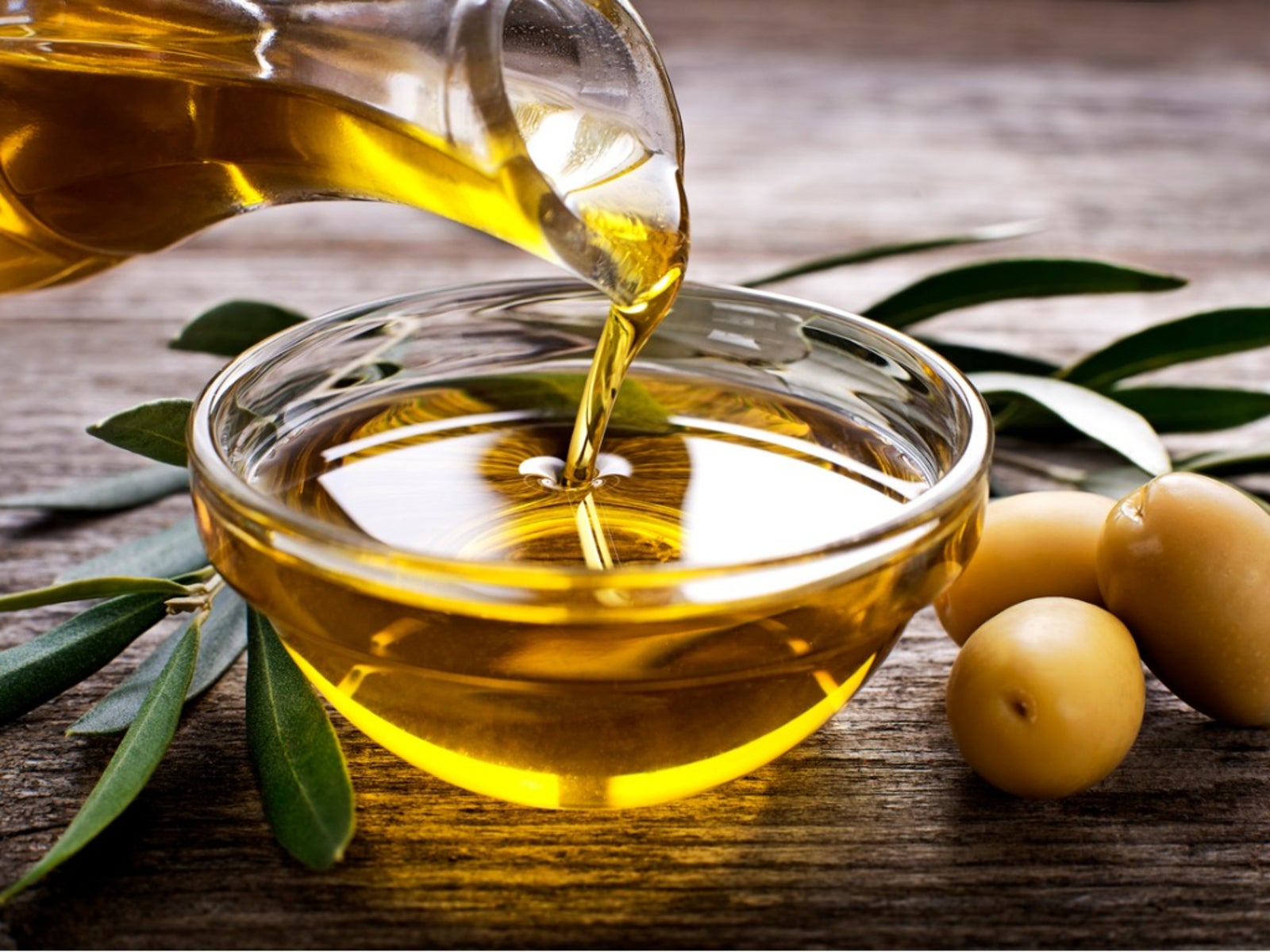
Olive oil has practically replaced other oils in many people’s cooking due to its health benefits. Really it could only be healthier if you’re extracting olive oil yourself. Making homemade olive oil also means that you can control what type of olive is used, which means you can tailor the taste to suit your palate. Interested in making oil from olives? Read on to learn how to press olive oil.
About Making Olive Oil at Home
Commercially produced olive oil requires large, customized equipment but with a few investments, making olive oil at home is possible. There are a couple of ways of going about making oil from olives at home, but the basics of extracting olive oil remain the same.
First you need to obtain fresh olives whether this is from your own olive trees or from purchased olives. Just be sure not to use canned olives. When making oil from olives, the fruit can be ripe or unripe, green, or black, although this will change the flavor profile.
Once you have obtained the olives, the fruit needs to be washed thoroughly and any leaves, twigs, or other detritus removed. Then if you do not have an olive press (a somewhat costly piece of equipment but worth it if you are going to make extracting olive oil a constant), you must pit the olives using a cherry/olive pitter, a time consuming task.
Now it’s time for the fun/work of extracting the olive oil.
How to Press Olive Oil
If you do have an olive press, all you need to do is place the washed olives in the press and voila, the press does the work for you. No need to pit the olives first. If you don’t have a press a millstone will also work beautifully.
If pitting the olives seems to be too much work, you can use mallets to pound the olives into a rough paste. Protect your work surface with plastic wrap before commencing to smashing.
Gardening tips, videos, info and more delivered right to your inbox!
Sign up for the Gardening Know How newsletter today and receive a free copy of our e-book "How to Grow Delicious Tomatoes".
If you do not have a press, place the pitted olives in a good quality blender. Add a bit of hot but not boiling water as you blend to help form a soft paste. Vigorously stir the olive paste with a spoon for a few minutes to help draw the oil from the pomace or pulp.
Cover the olive mix and allow it to sit for ten minutes. As it rests, the oil will continue to bead out of the olive paste.
Extracting Olive Oil
Put a colander, sieve, or chinois over a bowl and line it with cheesecloth. Pour the contents of the blender into the cheesecloth. Gather the ends together and squeeze the liquids from the solids, the oil from the olives. Lay the bundled cheese cloth in the bottom of the colander and weigh it down with something heavy or lay a bowl inside the colander atop the cheesecloth and fill it with dried beans or rice.
The additional weight atop the cheesecloth will help to extract more oil. Every five to ten minutes push down on the weight to release more oil from the olive paste. Continue with the extraction for 30 minutes.
When complete, discard the olive oil mash. You should have oil in the first bowl. Allow to sit for a few minutes so that the heavier water sinks, and the olive oil floats to the top. Use a turkey baster or syringe to draw up the oil.
Place the oil in a dark colored glass container and store in a cool dry area for two to four months. Use as soon as possible however, as homemade olive oil does not store as long as commercially produced.

Amy Grant has been gardening for 30 years and writing for 15. A professional chef and caterer, Amy's area of expertise is culinary gardening.
-
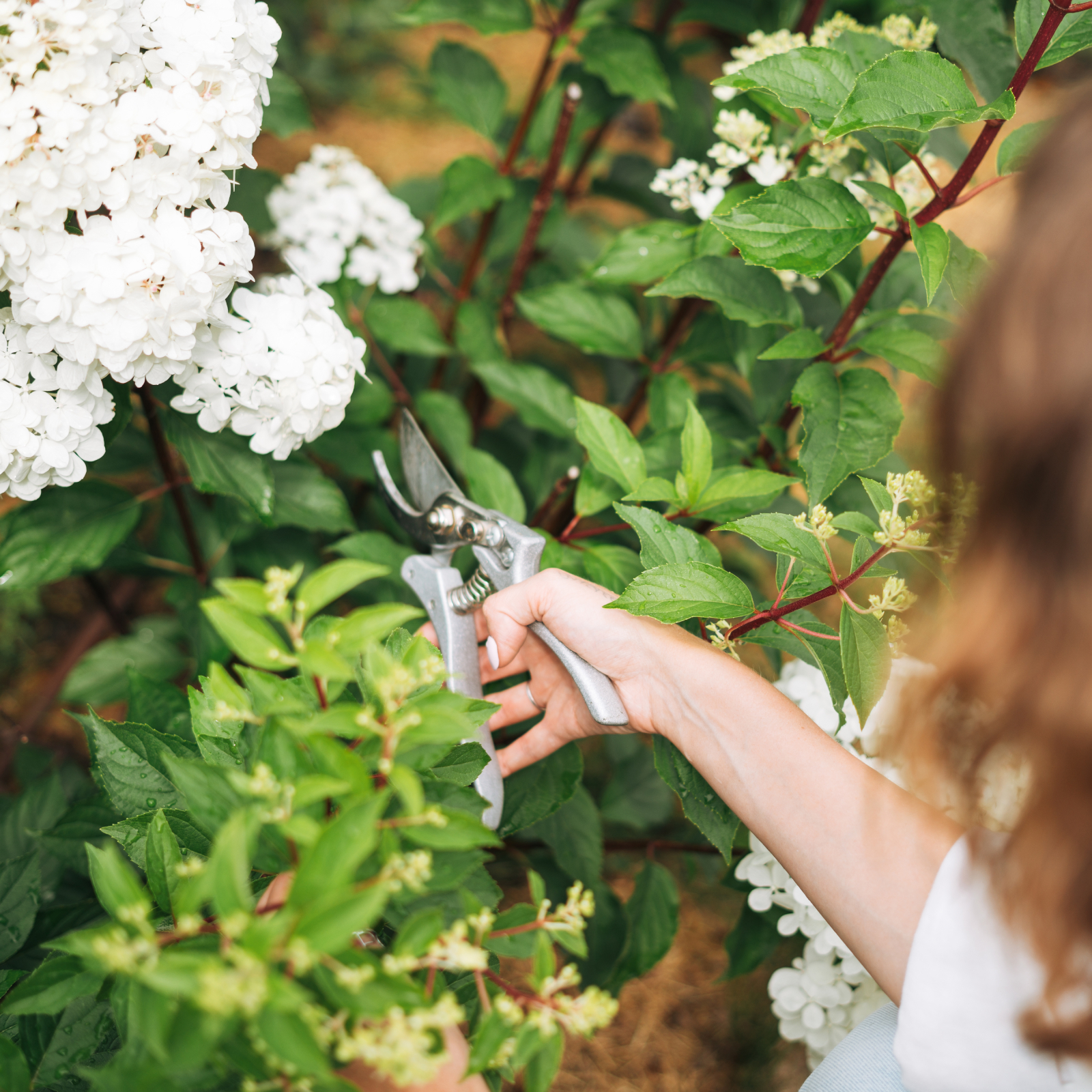 Pruning Limelight Hydrangea Bushes For Bigger Blooms & Stronger Plants
Pruning Limelight Hydrangea Bushes For Bigger Blooms & Stronger PlantsPruning 'Limelight' hydrangea will benefit the shrub. Flowers will be more bountiful the next year and branches will be stronger. Learn how and when to prune.
-
 What’s Wrong With Your Azaleas? Identify, Tackle And Prevent 6 Common Azalea Pests
What’s Wrong With Your Azaleas? Identify, Tackle And Prevent 6 Common Azalea PestsIf you’ve spotted signs of azalea leaf damage, don’t panic – here’s how to identify the most common azalea pests so you can take action swiftly and keep plants healthy
-
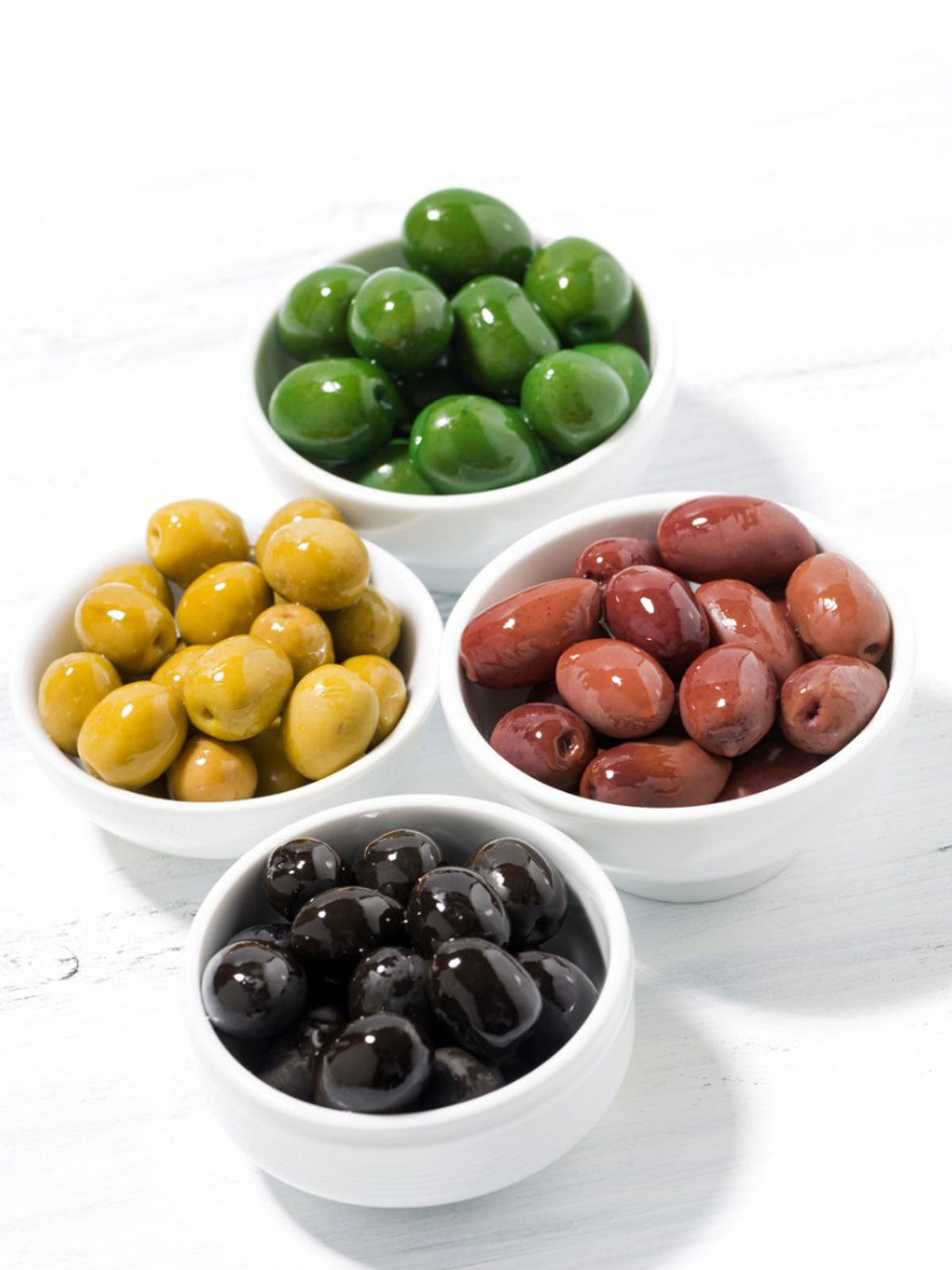 Olive Tree Appetizer: Creating A Christmas Tree Made Of Olives
Olive Tree Appetizer: Creating A Christmas Tree Made Of OlivesA Christmas tree made of cheese and colorful olives is something you’ll want to try. Click here for tips on making an olive Christmas tree.
-
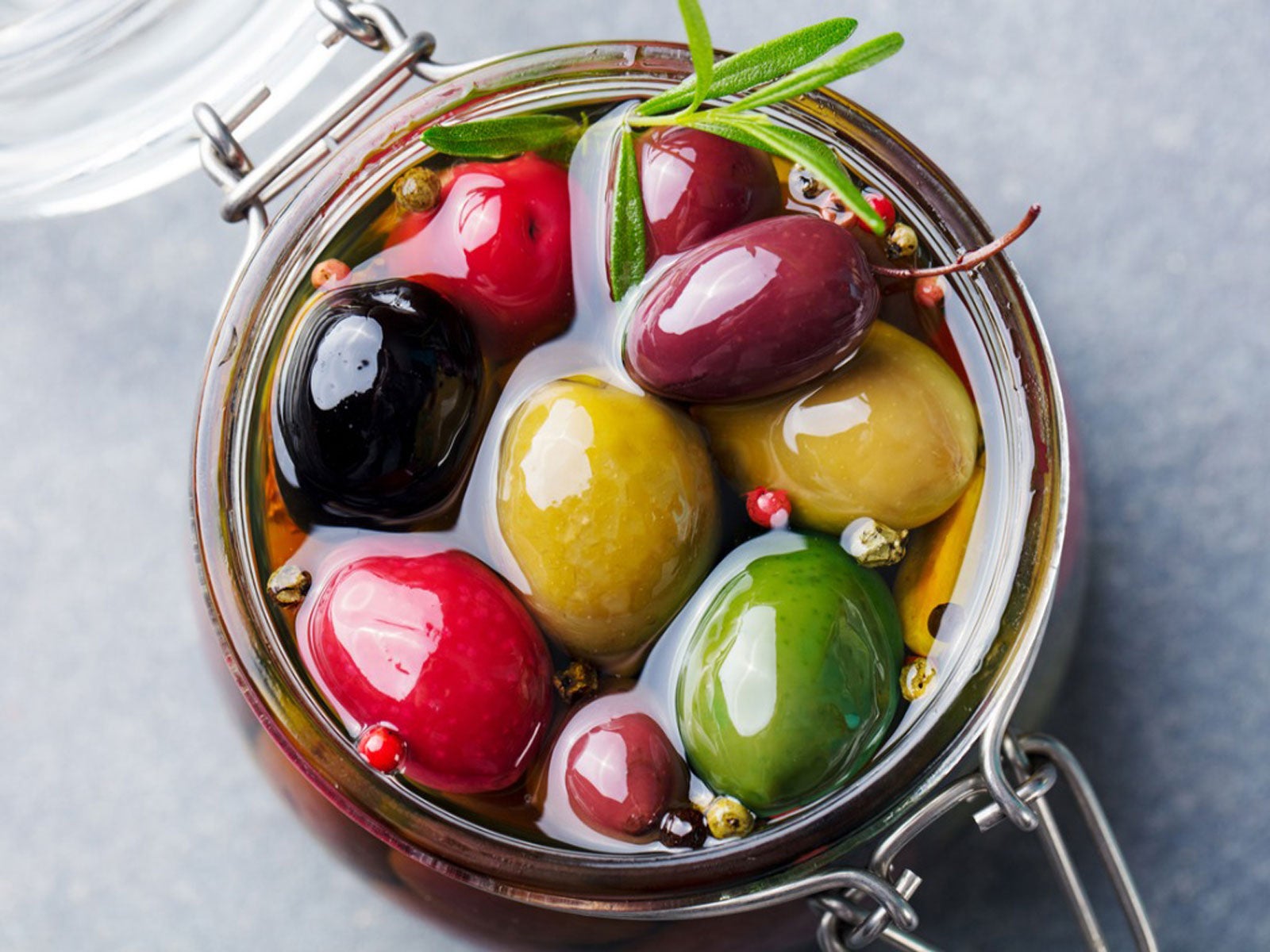 Olive Preservation Guide: How Do You Brine Olives
Olive Preservation Guide: How Do You Brine OlivesCured olives are a delicious snack or addition to recipes. There are many methods for curing olives. Learn how to preserve olives here.
-
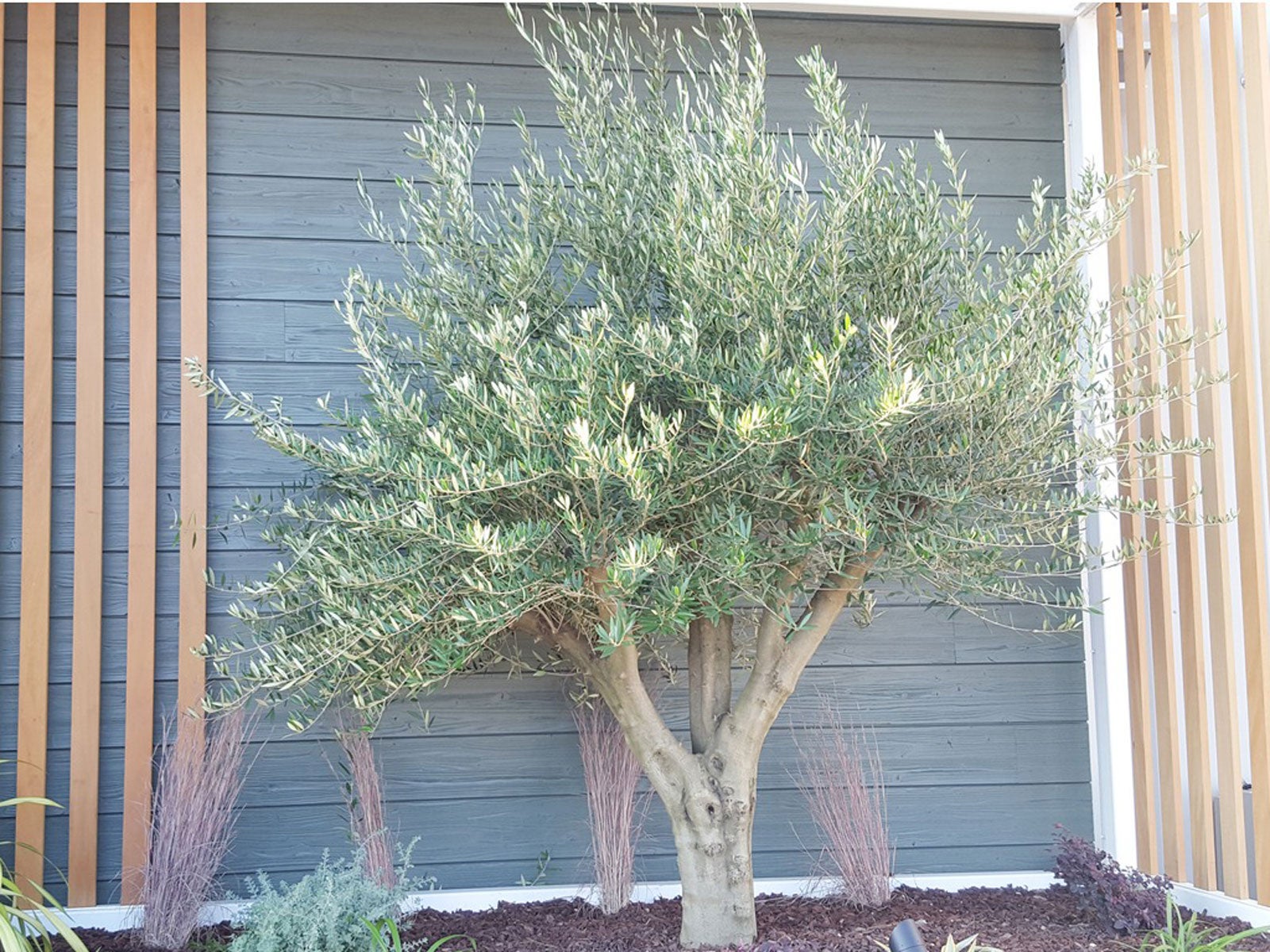 Growing An Olive Tree With No Olives: What Is A Fruitless Olive Tree
Growing An Olive Tree With No Olives: What Is A Fruitless Olive TreeWhat is a fruitless olive tree, you may ask? Many are not familiar with this beautiful tree, commonly used for its beauty in the landscape. The olive tree with no olives may be the perfect tree for your southern landscape. Click this article to learn more about fruitless olives.
-
 Olive Tree Xylella Disease: Learn About Xylella Fastidiosa And Olives
Olive Tree Xylella Disease: Learn About Xylella Fastidiosa And Olives -
 Olive Oil Information: Learn How To Use Olive Oil
Olive Oil Information: Learn How To Use Olive OilOf course, we know how to use olive oil with foods, but have you ever wondered about olive oil?s other uses? There are, indeed, other uses for olive oil. The following article contains information about what exactly olive oil is and how to use olive oil beyond cooking.
-
 Olive Tree Topiaries – Learn How To Make An Olive Topiary
Olive Tree Topiaries – Learn How To Make An Olive TopiaryOlive trees are native to the Mediterranean region of Europe. They have been grown for centuries for their olives and the oil they produce. Olive tree topiaries are popular. If you are considering making an olive tree topiary, the following article will help.
-
 Olive Houseplants – Growing A Potted Olive Tree Indoors
Olive Houseplants – Growing A Potted Olive Tree IndoorsOlive trees as houseplants? If you?ve ever seen mature olives, you may wonder how it?s possible to transform these reasonably tall trees into olive houseplants. But it is not only possible, indoor olive trees are the latest houseplant craze. Learn more here.
-
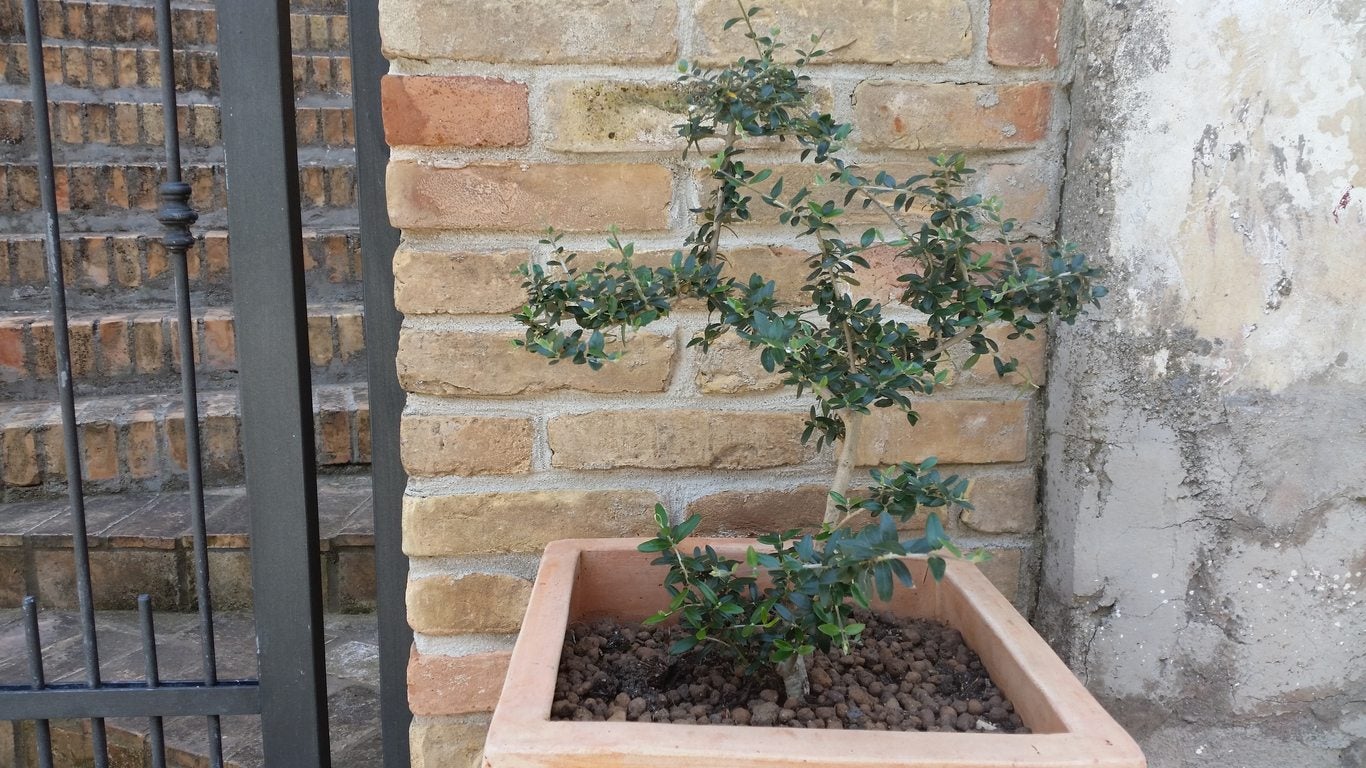 Potted Olive Tree Care: Tips On Growing Olive Trees In Containers
Potted Olive Tree Care: Tips On Growing Olive Trees In ContainersIf you don't have enough space for a full tree, or if your climate is too cold, you can still have olive trees, as long as you grow them in containers. Click the following article to learn more about potted olive tree care and how to grow an olive tree in a pot.